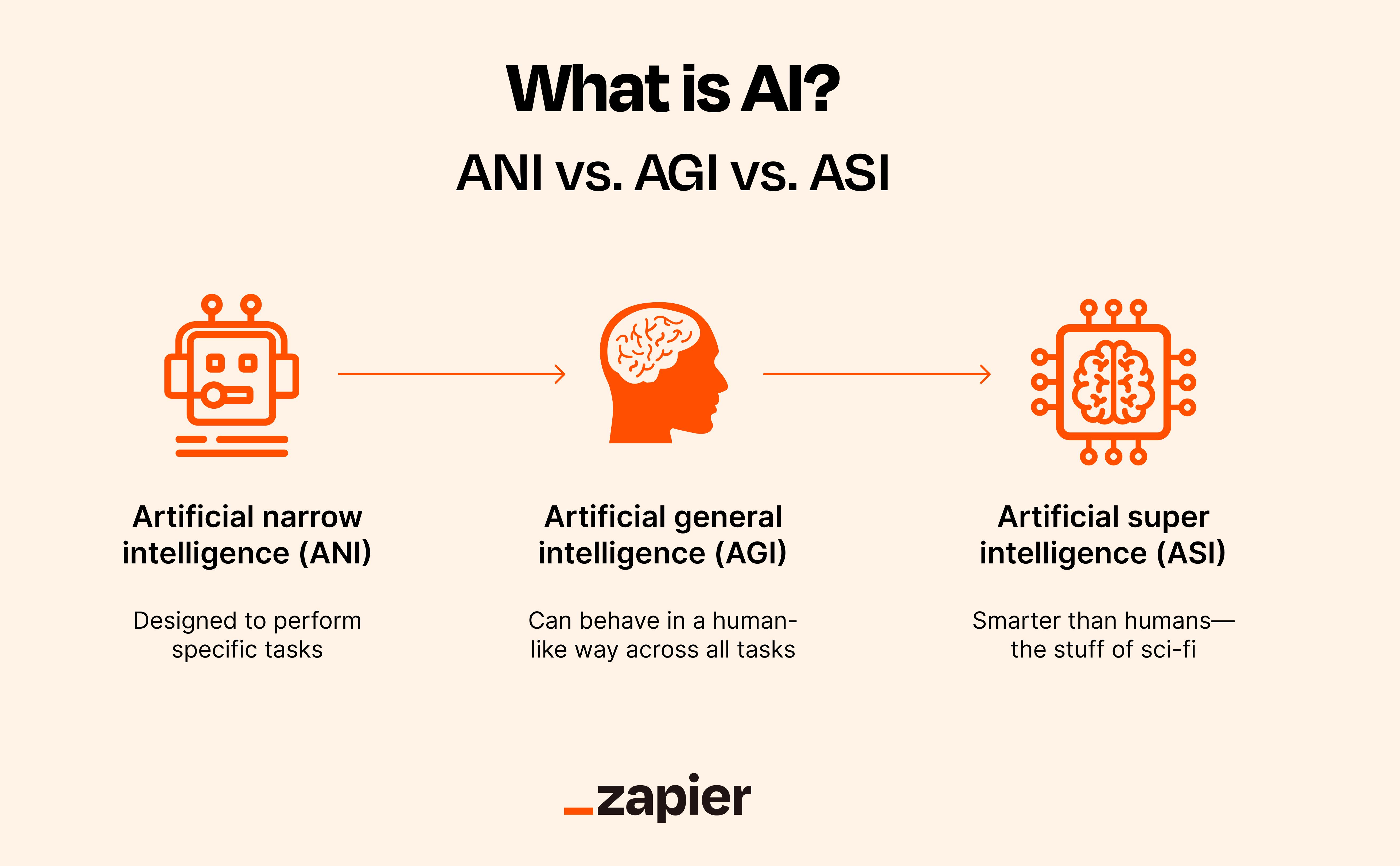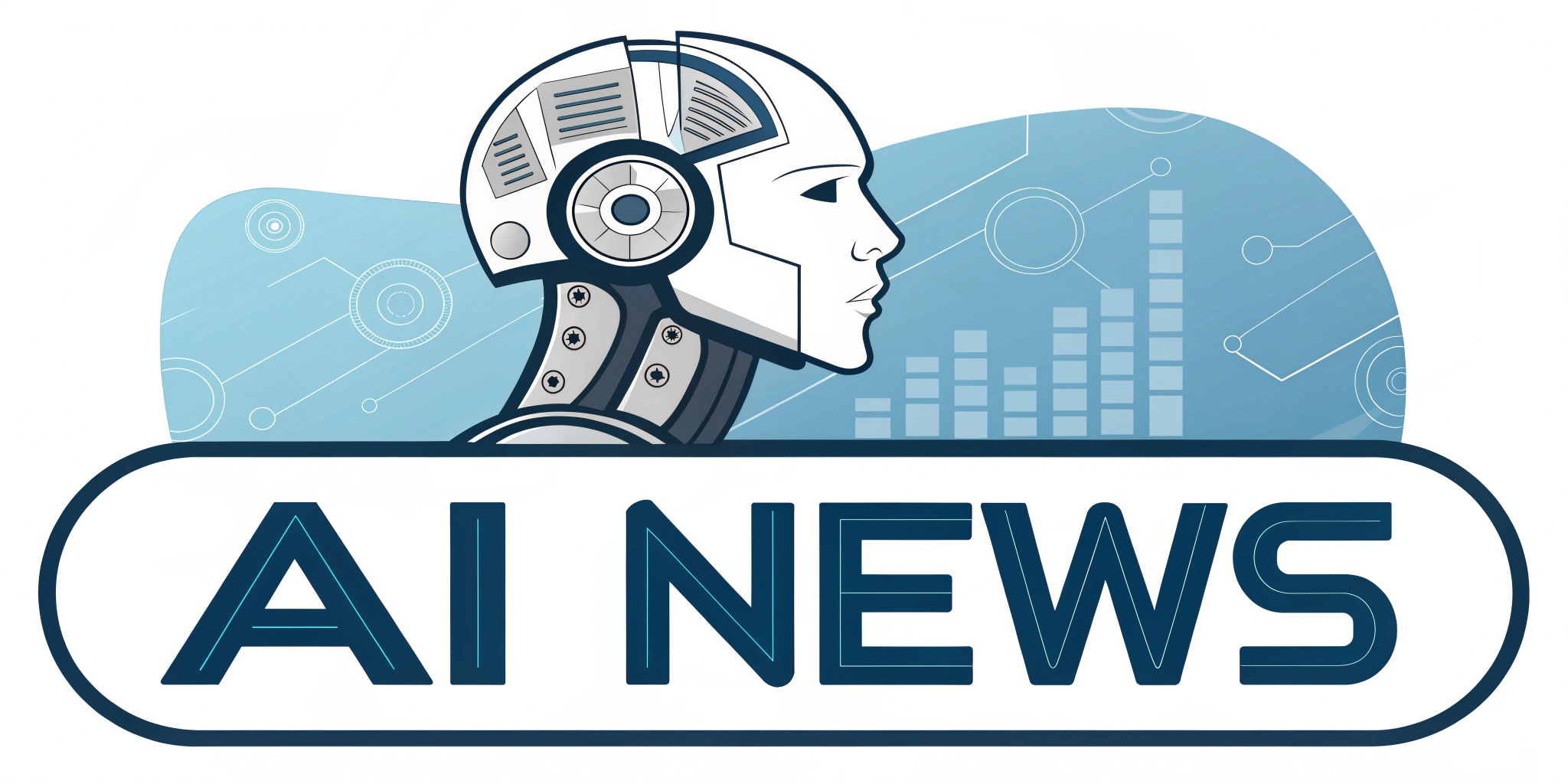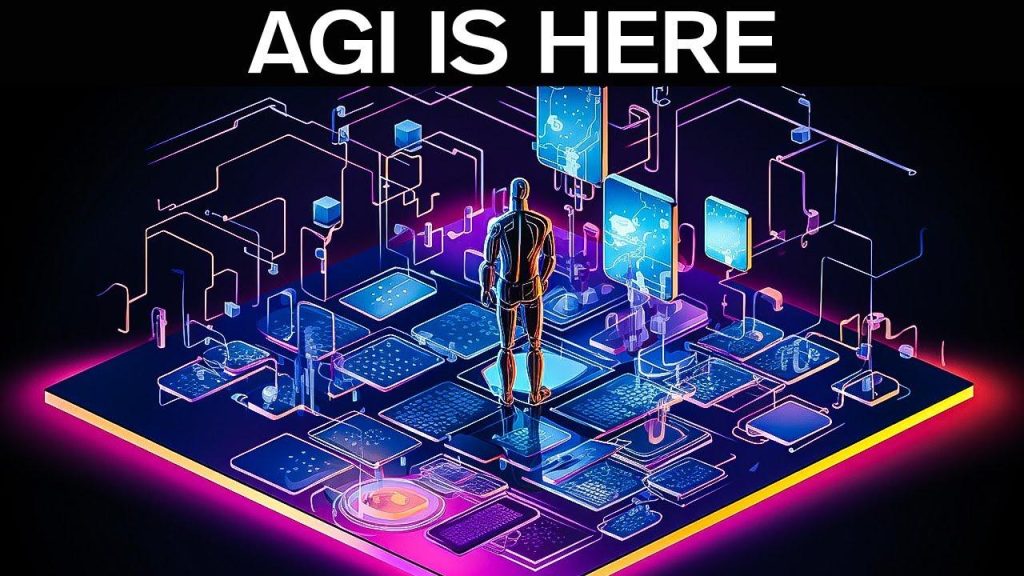The rapid advancement of technology has raised both excitement and concern as artificial intelligence edges closer to achieving capabilities previously confined to the realm of science fiction. In the past year, a relentless wave of breakthroughs has captured public attention, prompting critical questions about the trajectory of intelligent machines. Central to this discussion is the concept of artificial general intelligence (AGI), which refers to machines that can perform any intellectual task with the same competence as a human. This shift from theoretical discussions to real-world implications stirs the creativity and ignites fears about the future.As we explore the potential of AGI—its definition, its looming arrival, and its ramifications—we delve into what distinguishes it from current AI systems and the human-like adaptability that sets us apart. As giants like OpenAI continue to push the boundaries of what’s possible with AI, the world watches closely, eager and apprehensive about the dawn of a new era in intelligence.
The Accelerating Pace of Technological Advancements and Its Impact on Society
The transformation of our daily lives through rapid technological development is striking.Each leap in innovation—be it in computing power,machine learning algorithms,or connectivity—pushes the boundaries of what we consider possible. Societal shifts attributed to these advancements include:
- Job Evolution: Many traditional roles are being redefined or rendered obsolete, prompting a need for new skill sets.
- Enhanced Communication: Real-time interactions across the globe have become standard, fostering a more connected world.
- Ethical Dilemmas: The emergence of advanced technology raises complex questions about privacy,security,and moral responsibilities.
Furthermore,as machines grow increasingly capable,the importance of public discourse around AI’s role cannot be understated. The divide between technological evolution and societal acceptance presents challenges and opportunities alike. Stakeholders must engage with a range of issues including:
- Accessibility: Ensuring that advancements benefit all demographics, not just a privileged few.
- Regulation: Developing frameworks to govern AI use responsibly while promoting innovation.
- Public Perception: Addressing fears and misconceptions surrounding autonomous systems to foster a constructive narrative.
Understanding Artificial General Intelligence and Its Potential
The discussion surrounding machines achieving human-like cognitive abilities encompasses numerous dimensions, including not just technical specifications but societal implications as well. One pivotal aspect of artificial general intelligence lies in its ability to generalize knowledge across diverse contexts. Unlike current AI, which operates within narrow parameters, AGI would enable systems to not only replicate human thought processes but also potentially innovate beyond existing human capabilities. This includes competencies like emotional intelligence, creativity, and ethical reasoning, which currently challenge the limitations of artificial intelligence frameworks.
The potential timeline for the realization of AGI has evolved, with experts providing varying estimates reflecting the complexities involved. While projections range from the next few decades to more distant horizons, several factors influence these predictions, such as hardware advancements, algorithmic breakthroughs, and the collaboration between interdisciplinary fields. Stakeholders in this arena must consider a myriad of critical factors, including:
- Interdisciplinary Collaboration: Merging insights from neuroscience, psychology, and computer science to create more holistic AI systems.
- Resource Allocation: Investing in research to prioritize AGI safety and stability to ensure responsible deployment.
- Global Implications: Understanding how AGI could reshape geopolitical dynamics and societal structures worldwide.
The Differences Between Current AI and Future AGI
Current AI systems are predominantly designed to excel in specific tasks,operating under well-defined parameters to deliver high efficiency and accuracy. In contrast, the anticipated AGI will possess a remarkable ability to adapt, learning across multifaceted domains and mimicking human cognitive flexibility. This broad capability means AGI could tackle a range of challenges—from creative endeavors to complex problem-solving—without requiring extensive retraining for each new task. Key differences can be summarized as follows:
- Task Flexibility: Current AI is specialized, whereas AGI aims for versatility in various disciplines.
- Learning Mechanisms: Rather of relying on vast datasets and supervised learning, AGI is expected to generalize knowledge, improving through experience akin to human learning.
- Autonomous Decision-Making: AGI will potentially make autonomous decisions, incorporating ethical considerations and emotional context.
Moreover, the implications of transitioning from current AI to AGI extend beyond technological advancement to encompass ethical and existential questions. While existing AI prioritizes performance and optimization, AGI’s introduction raises notable concerns related to accountability, safety, and societal impacts.As we venture into this uncharted territory, it is crucial to address the following considerations:
- Ethical Frameworks: Establishing guidelines to govern AGI development, ensuring alignment with human values and societal well-being.
- Security Measures: Developing protocols to mitigate risks associated with AGI autonomy and decision-making.
- Social Impact Assessment: Proactively evaluating how AGI could reshape our workforce, economy, and cultural fabric.
Preparing for a Future with AGI: Challenges and Recommendations
As we stand on the brink of a new era marked by the emergence of artificial general intelligence, various challenges loom on the horizon that require immediate attention. One critical issue is ensuring that the rapid pace of AGI development does not outstrip our ability to manage its risks. Policymakers must craft robust regulatory frameworks that not only foster innovation but also prioritize safety and ethical considerations.Moreover,there is a pressing need to cultivate a workforce equipped with the skills to thrive in an AGI-driven landscape. This can be achieved by investing in education and training programs focused on interdisciplinary skills, combining technology, ethics, and human-centered design principles. Key areas to explore include:
- Safety Protocols: Establishing comprehensive risk assessment protocols to anticipate and mitigate potential hazards associated with AGI.
- Ethical Collaboration: Encouraging partnerships among technologists, ethicists, and sociologists to inform responsible AGI development.
- Public Engagement: Facilitating open dialogues with communities to express concerns and aspirations in shaping AGI’s role in society.
Moreover, addressing the impending global implications of AGI must be a collaborative international effort. Nations will need to navigate complex geopolitical dynamics as AGI capabilities grow, with potential shifts in power structures and economic competitiveness. It is imperative to foster international agreements that align countries on key issues, such as ethical AGI use and equitable access to its benefits. The collaboration should aim at sharing knowledge and resources while protecting against the monopolization of AGI advancements by a select few entities. Essential considerations in this context include:
- Global Governance: Formulating international guidelines to ensure AGI technologies are developed and deployed equitably across all regions.
- Resource Sharing: Promoting initiatives that enable all nations to harness AGI’s potential for sustainable development.
- Crisis Preparedness: Establishing frameworks to respond effectively to unforeseen consequences arising from AGI implementations.























